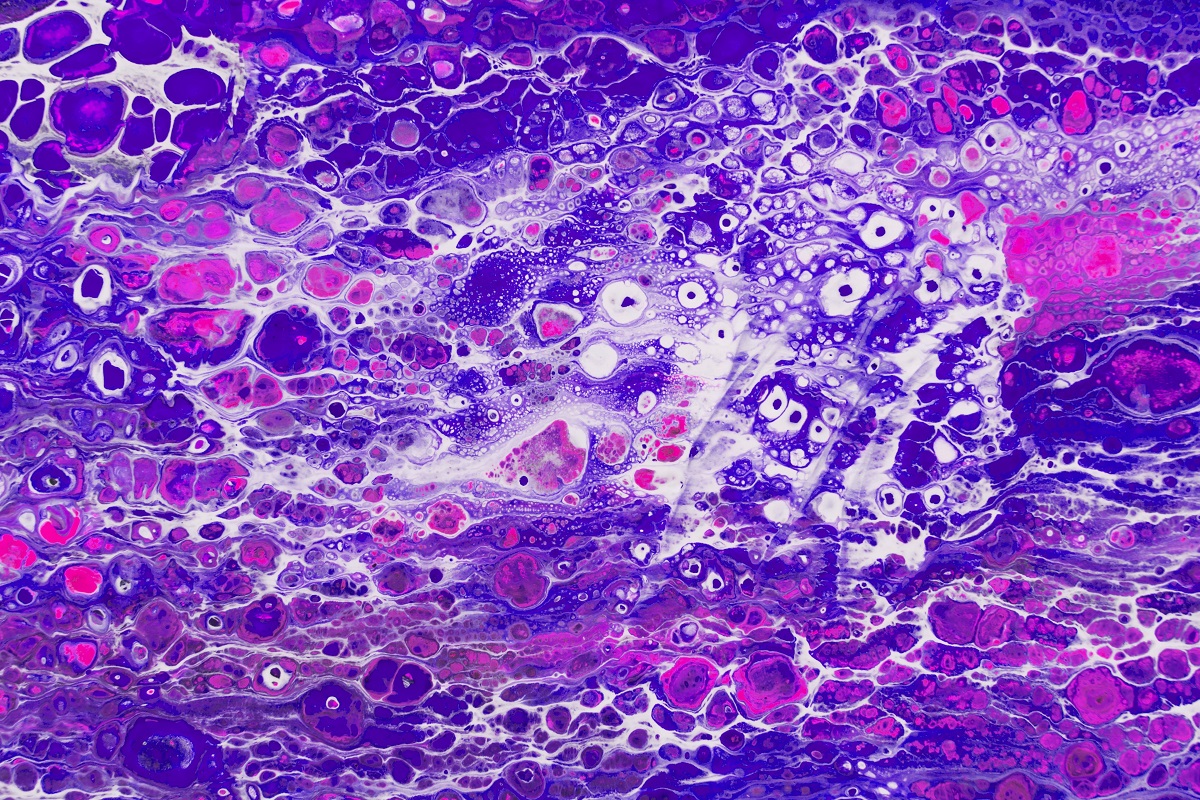KEY TAKEAWAYS
- The study aimed to assess PET-based risk stratification’s utility beyond FIGO staging in LACC treatment planning.
- Researchers found that the PET-based prediction enhances risk assessment and treatment decisions for LACC.
The [18F]FDG-PET/CT is used for staging and treatment planning in patients with locally advanced cervical cancer (LACC).
J A Adam and the team aimed to assess if a PET-based prediction model could provide additional risk stratification beyond the International Federation of Gynaecology and Obstetrics (FIGO) staging in our population with LACC to aid treatment decision-making.
They performed an inclusive analysis encompassing 183 patients with LACC who underwent chemoradiation between 2013 and 2018. Patients were initially classified according to the FIGO 2009 staging system and retrospectively reclassified based on the FIGO 2018 system. Following validation of an established PET-based prediction model, predicted recurrent-free survival (RFS), disease-specific survival (DSS), and overall survival (OS) rates at 1, 3, and 5 years were calculated using parameters such as metabolic tumor volume (MTV), maximum standardized uptake value (SUVmax), and the highest level of [18F]FDG-positive nodes.
The observed survival rates were then compared with the predicted rates. An area under the curve (AUC) of 0.7 or higher was deemed indicative of accurate prediction. Utilizing the Youden (J) index, survival chance cutoff values were established to delineate low—and high-risk patient groups.
All AUC values for the comparison between predicted and observed outcomes were > 0.7 except for 5-year RFS and 5-year OS, which were close to 0.7 (0.684 and 0.650, respectively). Cutoff values for low and high-risk survival chances were 0.44 for the 3-year RFS and 0.47 for the 5-year OS. The FIGO 2009 system could not differentiate between the risk profiles.
After reclassification, according to FIGO 2018, all patients with stage IIIC2 and IVB fell in the high-risk group, and almost all patients with stages IB2-IIIB and IVA fell in the low-risk group. In patients with stage IIIC1 disease, the FIGO stage could not discriminate between the risk profiles.
The study concluded that the PET-based prediction model effectively identifies low and high-risk patients with LACC, particularly highlighting the necessity for additional risk stratification in stage IIIC1 cases beyond FIGO 2018 staging. The Kidd model emerges as a valuable adjunct for treatment decisions in these patients. Additionally, the findings reinforce the significance of [18F]FDG-PET/CT imaging in managing LACC.
The study received no funds.
Source: https://pubmed.ncbi.nlm.nih.gov/38654241/
Adam JA, Poel E, van Eck Smit BLF, et al. (2024). “[18F]FDG-PET/CT-based risk stratification in women with locally advanced uterine cervical cancer.” BMC Cancer. 2024 Apr 23;24(1):513. doi: 10.1186/s12885-024-12232-7. PMID: 38654241; PMCID: PMC11040958.



